The third and final front where the Pontic kingdom expanded during 183 - 180 BC was into the fertile river plains of Mesopotamia. Once the stronghold of the Seleukid empire, these lands were currently held by the Ptolemaioi, after they had been evicted from their lands along the Nile by Hystapis Kianos in the 220s. Now the young Neoptolemos Kianos would lead a series of strikes to throw them out of Mesopotamia as well. Already a veteran at 24, he had the charm and energy of a natural general, but no loyalty to anyone other than himself.
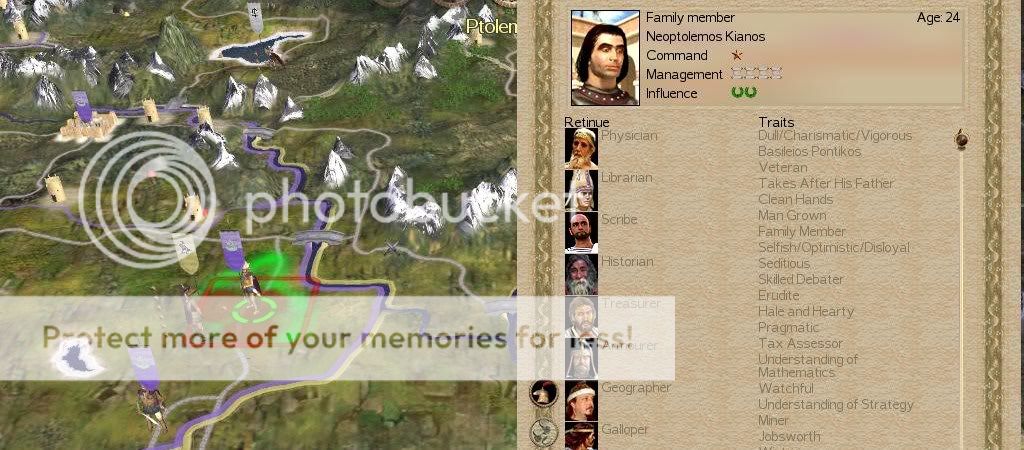
Again, two small Pontic armies would be used, one protecting the flanks of the other. Neoptolemos lead the first, which was immediately challenged by a Ptolemaioi army of roughly equal size and strength. The Pontic phalangites stood firm on a slight rise, but the lines swayed to and fro for some time before Neoptolemos caught the Ptolemaioi general between two sweeping wings of cavalry and decisively ended the battle.
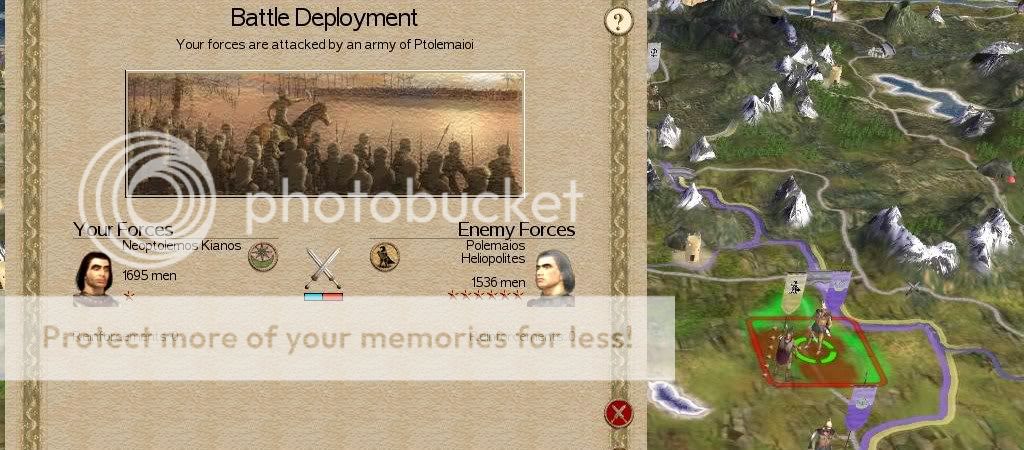
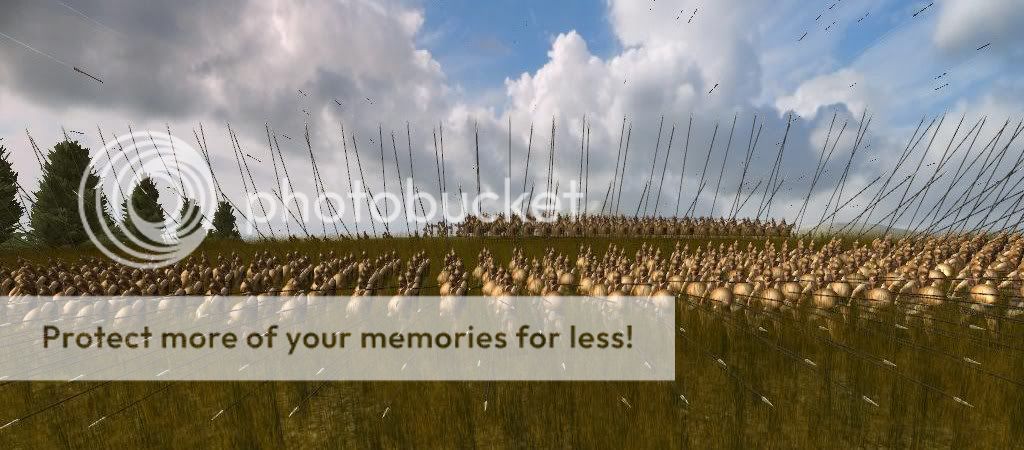
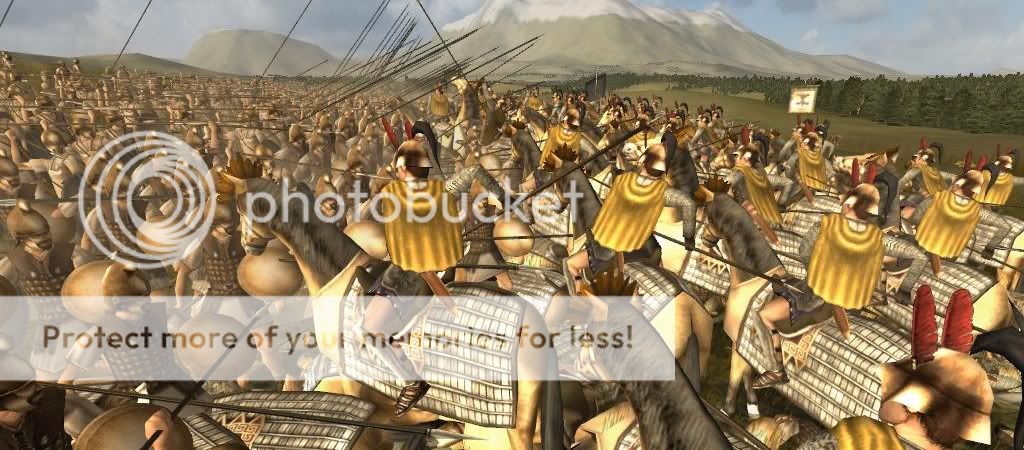
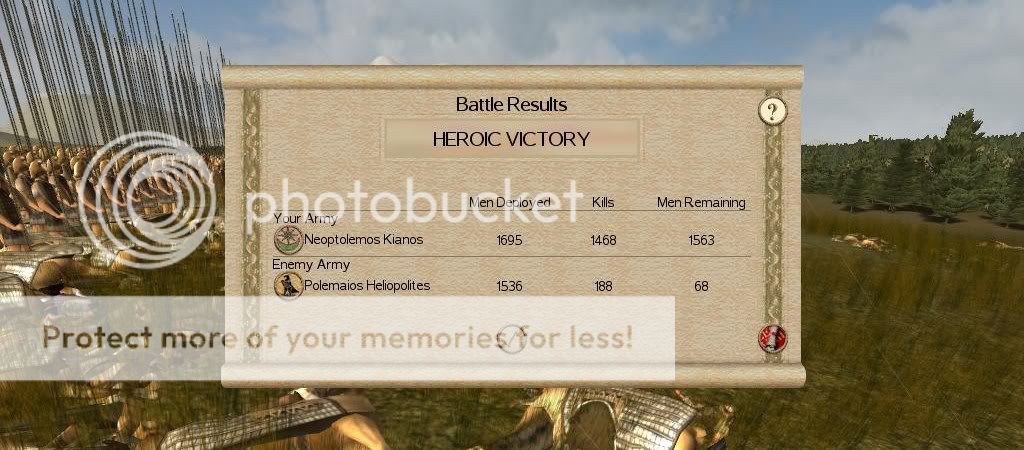
Leading the two armies eastward in 182 BC, Neoptolemos now besieged the city of Arbela. A small Ptolemaioi relief force combined with the much larger garrison of Arbela, while the second Pontic army reinforced that of Neoptolemos. Both sides avoided battle until they could marshal their forces, allowing Neoptolemos to form one of the longest phalanx lines ever deployed by a Pontic general. Seen from the Ptolemaioi side, this appeared as a vast semi-circle on a low hill-top. The Ptolemaioi brought up their own phalanx blocks in response, together with a huge contingent of cavalry that soon threatened to break through the center of the Pontic line. For a second time, Neoptolemos swung his bodyguard around the flanks to kill a Ptolemaioi general, but this time he won a city along with the battle.
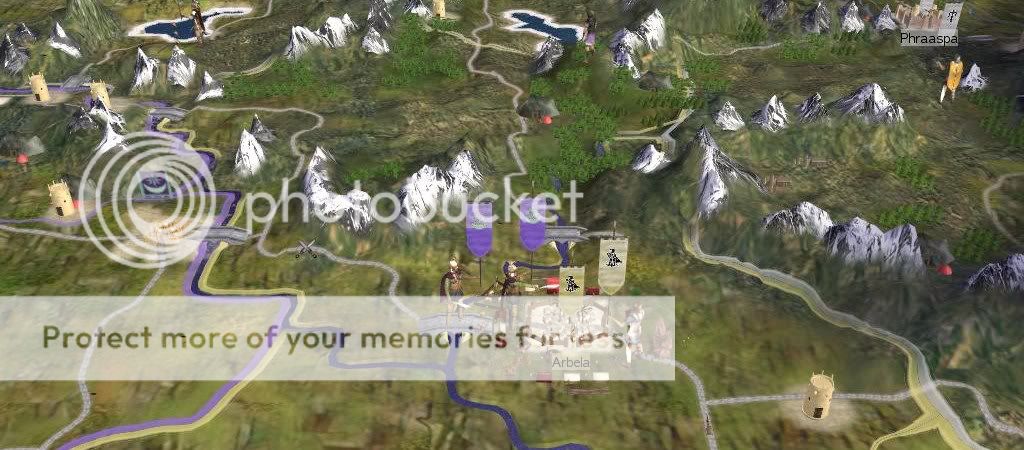
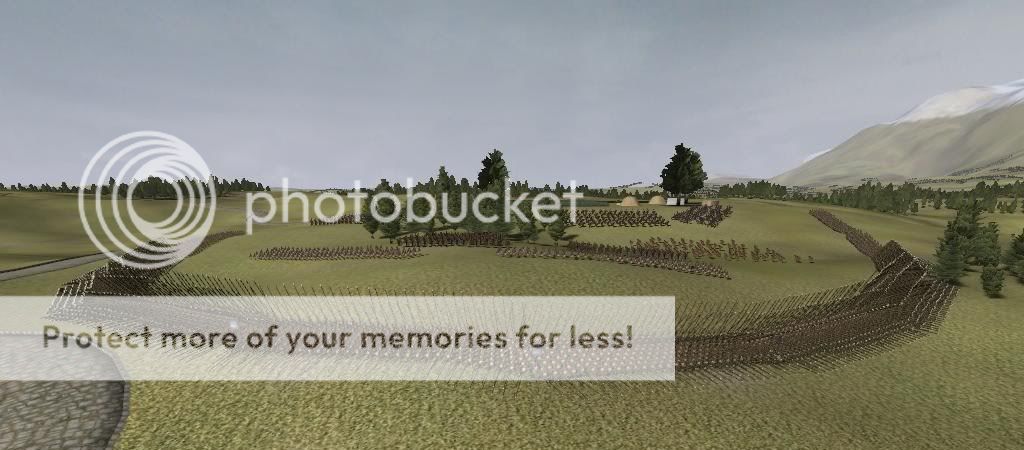
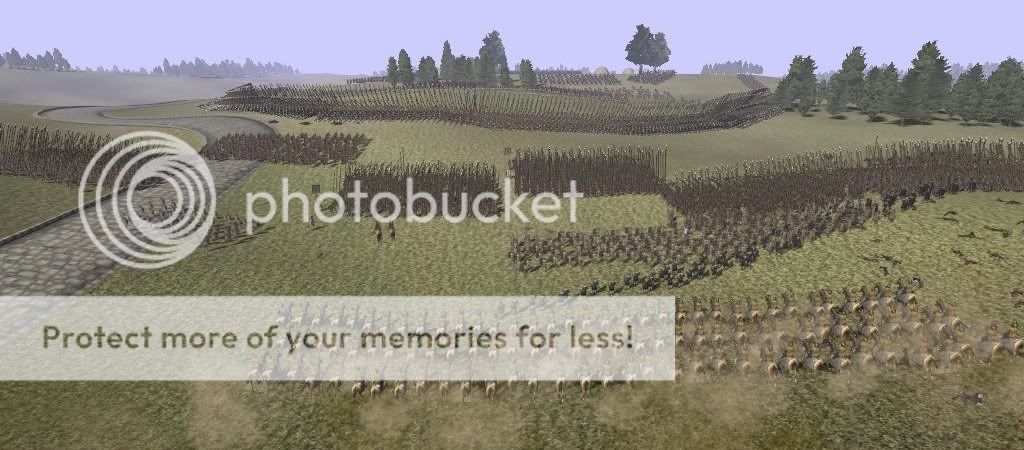
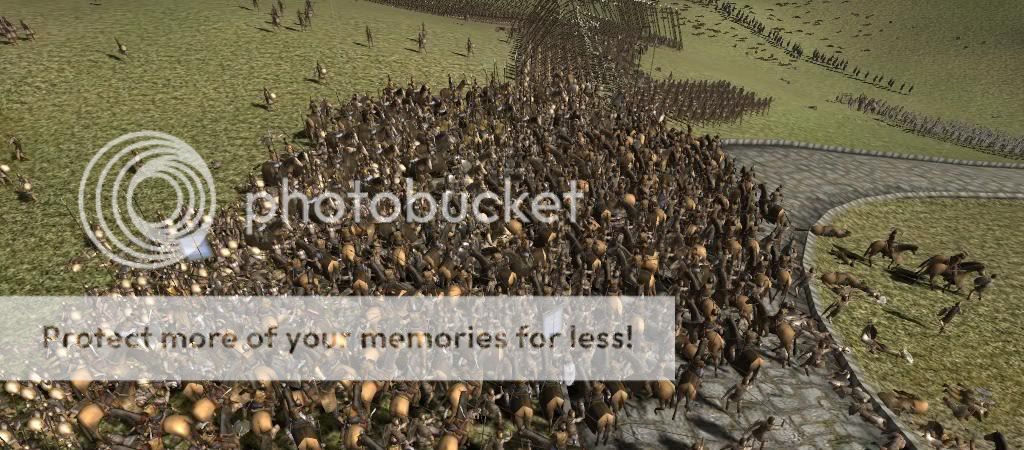
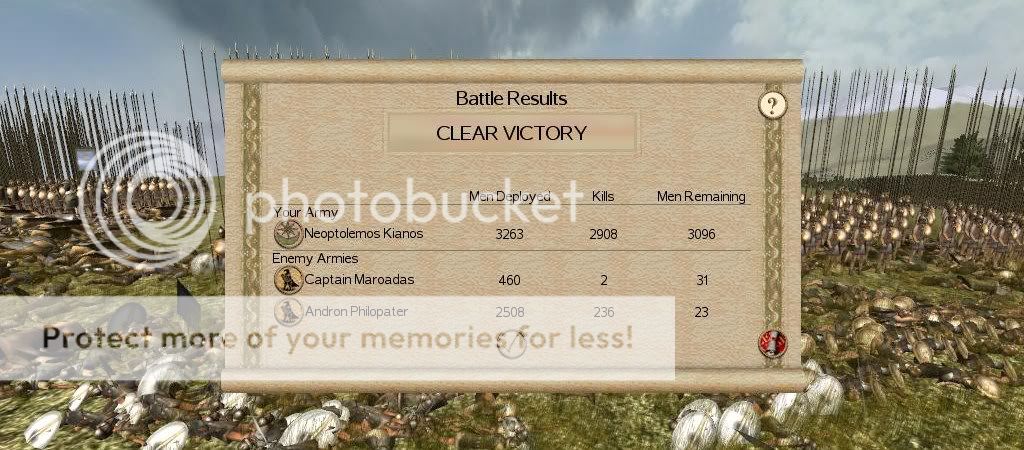
The following year Neoptolemos and his combined armies were besieged in Arbela by an even larger Seleukid force that had come down out of the mountains. Technically the Ptolemaioi and Seleukids were still at war, but in practice these both reserved their hostility for the upstart Pontic kingdom. However, in this case the Seleukids had sacrificed quality for quantity, simply collecting a huge mass of Persian archers and levy spearmen from the east and marching them up to the city walls. Once Neoptolemos's phalangites came of the gates onto an open field, these lowly troops melted away like dew on a hot morning. Indeed, it is said that more Pontic troops suffered wounds from each other's weapons than ever were inflicted by enemy spears and arrows, due to the confusion and killing-frenzy when the Seleukid army broke and fled for the mountains.
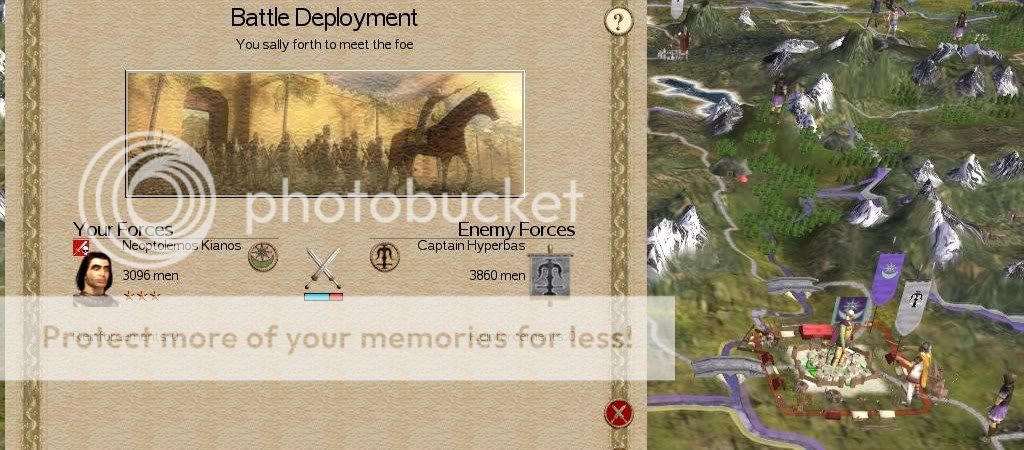
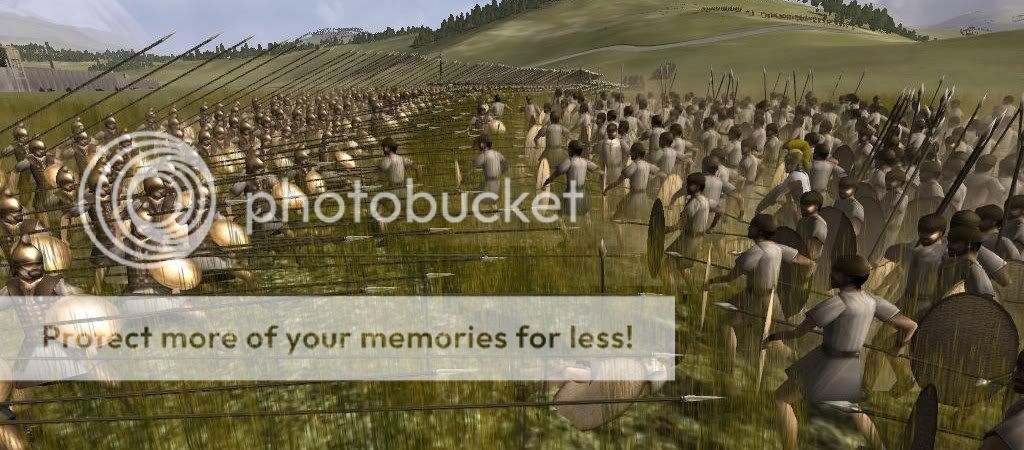

Much heartened by this victory, Neoptolemos now split his armies again, leaving one to garrison Arbela while he marched south with the other. As soon as he crossed the border into the great plains of Mesopotamia he was attacked by a Ptolemaic army from Seleukeia. Unlike the Seleukids, the Ptolemaioi sent quality troops, including fearsome thorakitai infantry and Babylonian spearmen. Setting his phalanx as best he could amongst the palm-trees, Neoptolemos outlasted the heavier Ptolemaioi troops, letting themselves wear themselves out in their heavy armor in the summer heat. Soon they were routing from the field, leaving the way open for Neoptolemos's victorious army to march on through Mesopotomia and besiege Seleukeia itself.
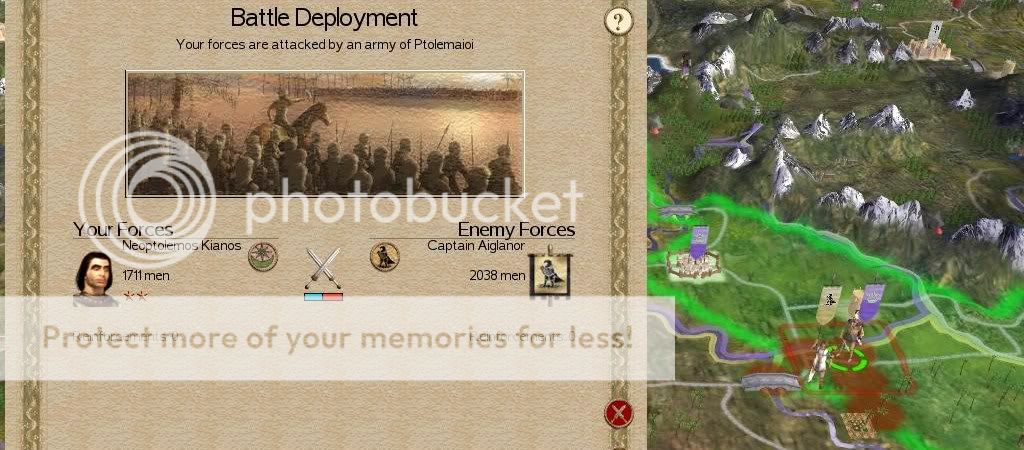
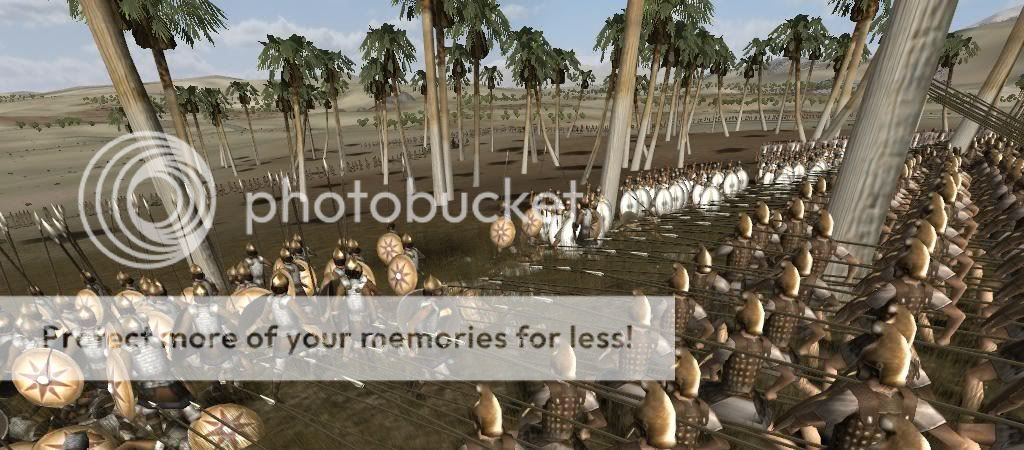
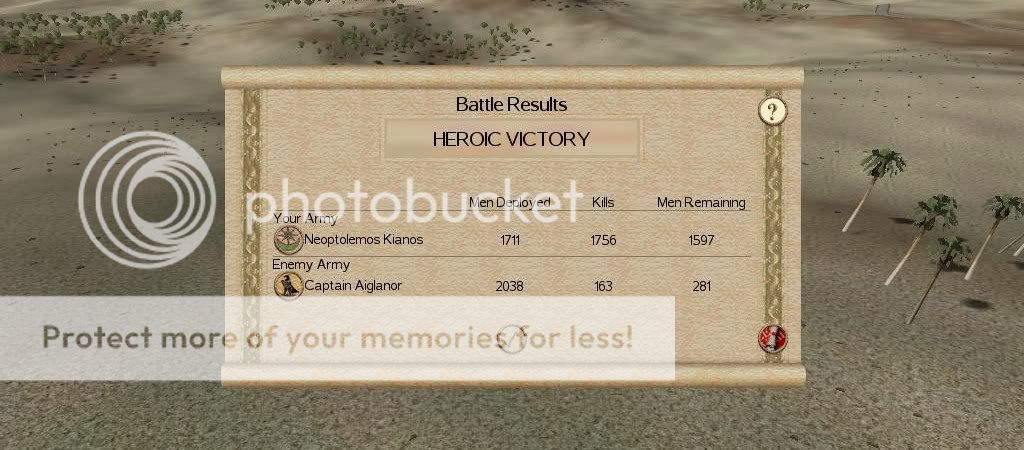
Had the Ptolemaioi governor of Seleukeia not sent his best troops into the field to die, he could have mounted a substantial defense of the city, but now he had too small and too poor an army to adequately man the walls. Neoptolemos's thureophoroi were first up the ladders, finding only light-armed missile troops in their way. Quickly overcoming this resistance, the thureophoroi opened the gates and descended into the city streets, hurled javelins at the last of the oncoming Ptolemaioi garrison, and then made way for the final clash of phalanxes and generals. Thus did the once-great capital of the Seleukid empire, temporarily occupied by their Ptolemaioi enemies, now fall to Pontos.
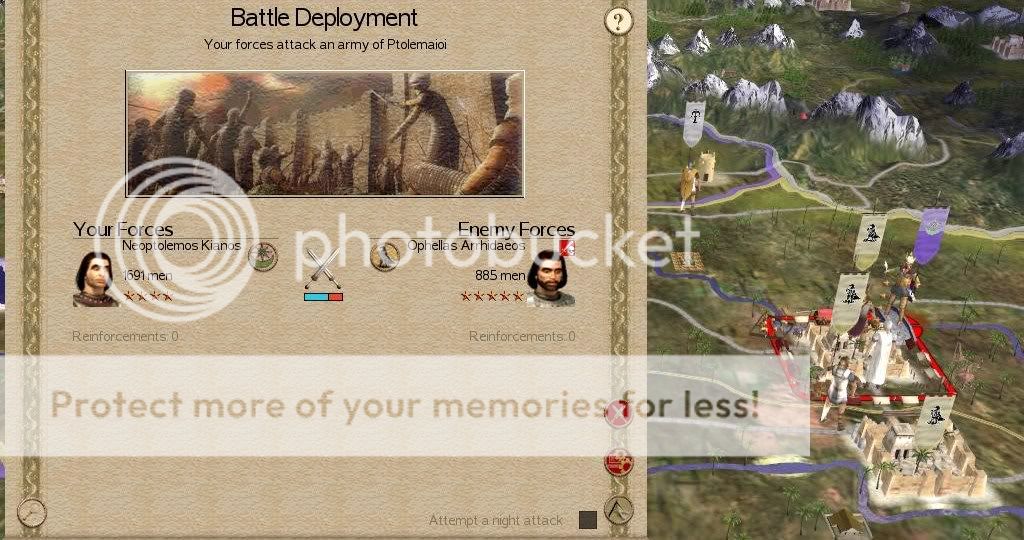
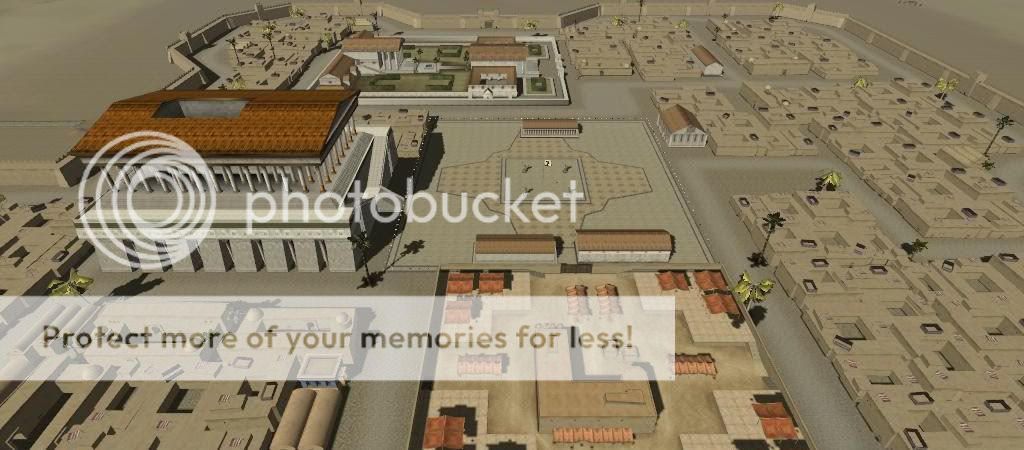
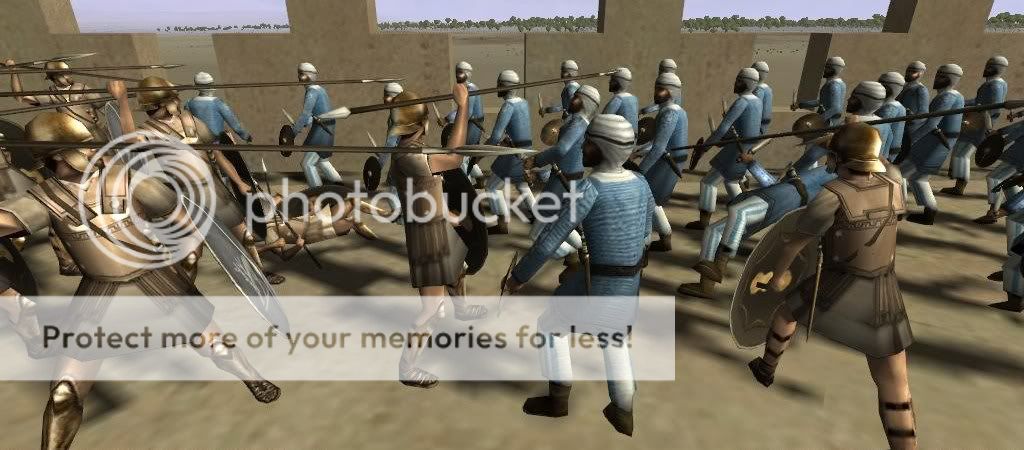
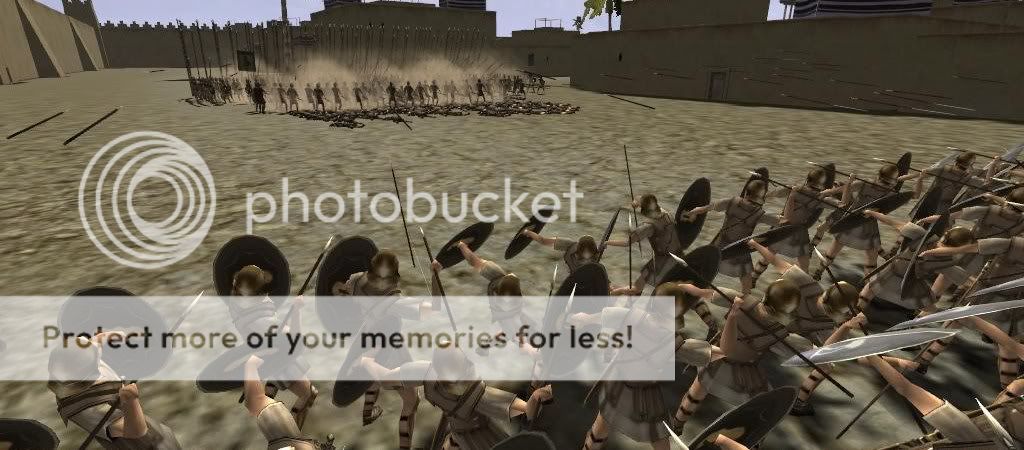
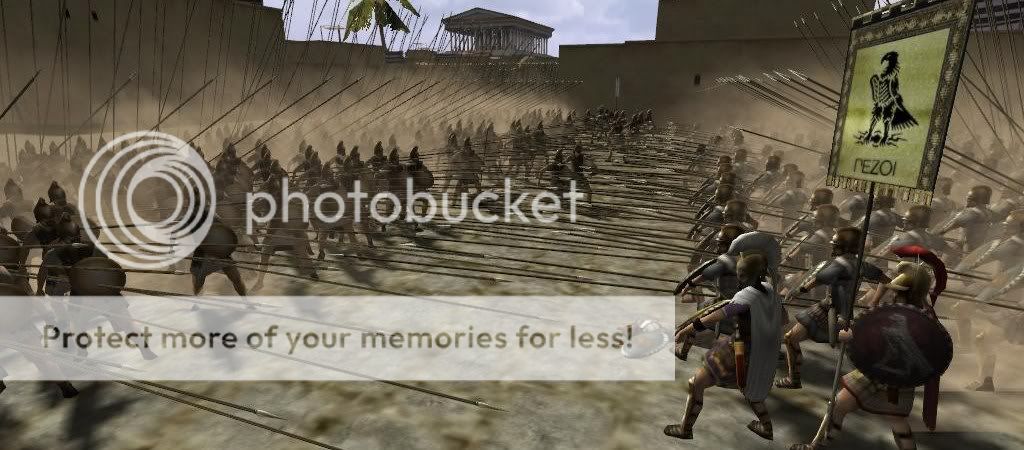
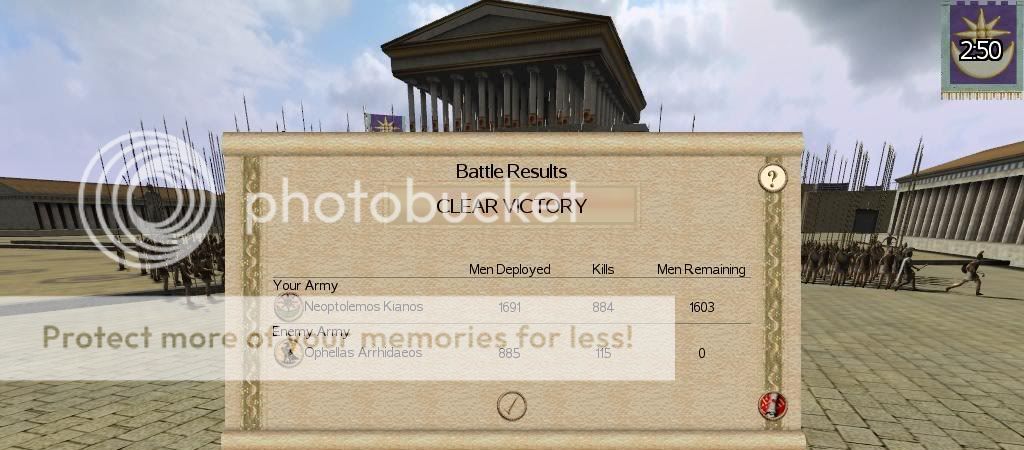
As in Carthage, so in Mesopotamia: the sudden fall and slaughter of one great city will always cause some in neighboring cities to decide that it's better to appease the invaders than to resist them. To speed this along, Pontic spies began quietly spreading rumors in neighboring Babylon about "Neoptolemos the butcher", his terrible wrath that must surely soon fall on the Babylonians, and the ready supply of Pontic silver that awaited any who would let a few troops into the city to end it all quickly and without bloodshed. These words fell on eager ears, and half a year after Seleukeia had fallen the Babylonians woke one morning to find Pontic phalangites swarming through mysteriously-opened gates. The stout Parthian spearmen that formed the core of the city garrison resisted for a time, but even they broke and ran when Neoptolemos led his bodyguards in a thundering charge down the ancient streets.

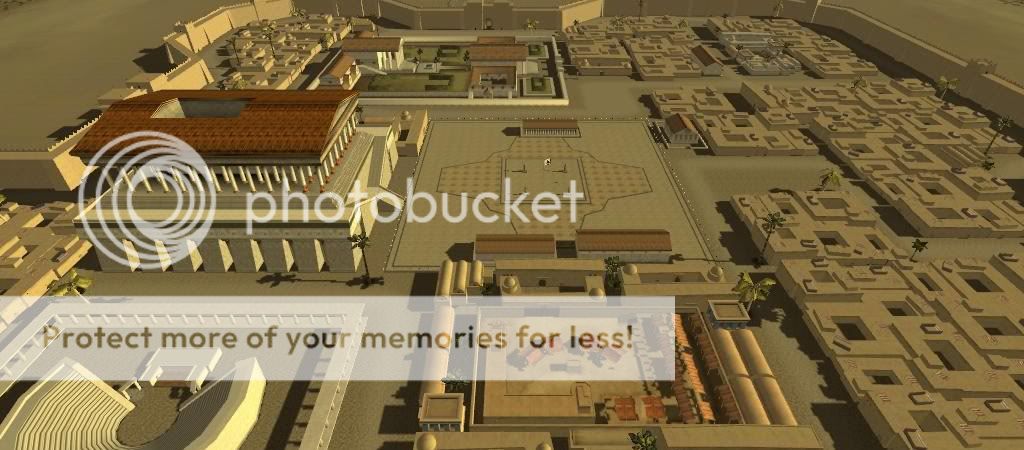
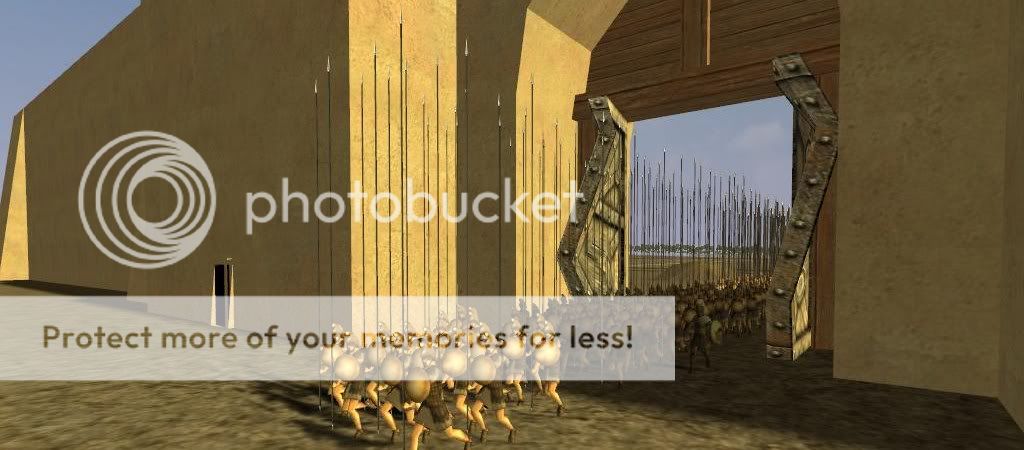
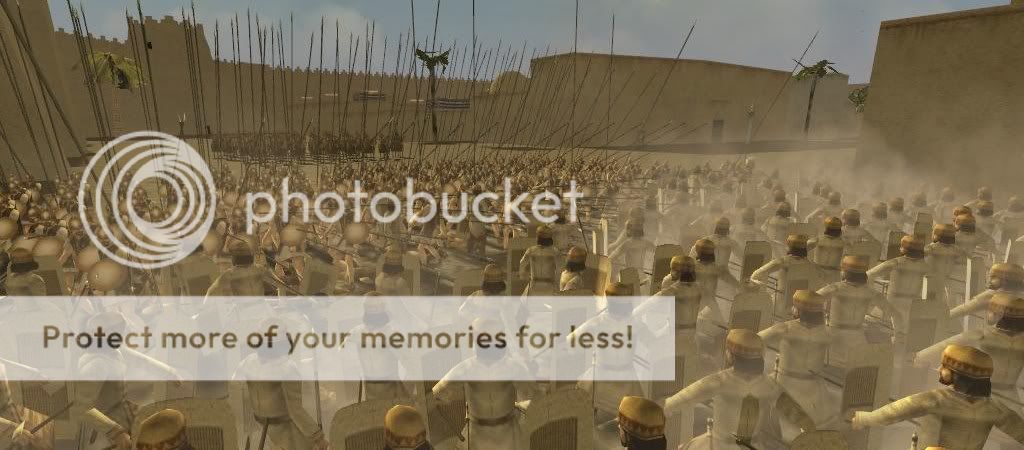
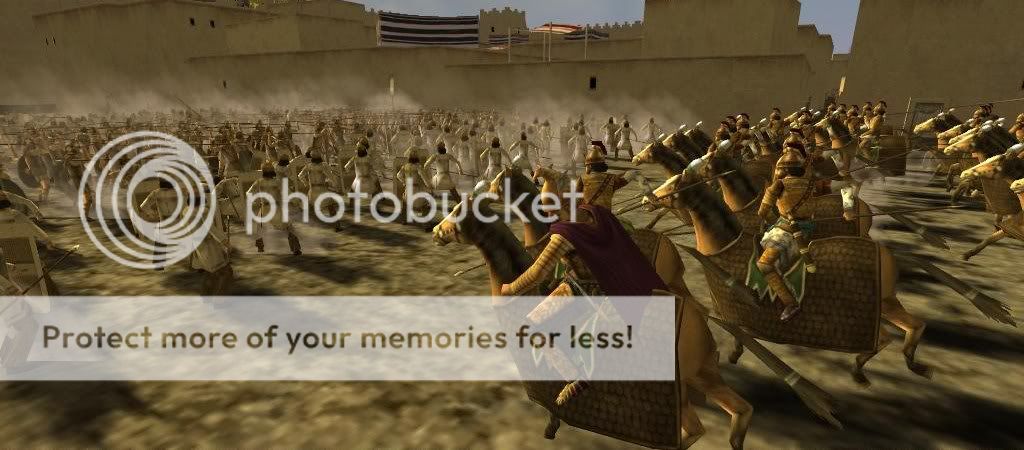

Sadly for the Babylonians, a rumor never comes with a promise, and having taken the ancient city by force Neoptolemos proceeded to sell half of its inhabitants into slavery. "Neoptolemos the butcher" had found his true calling, and Babylon had a new master.
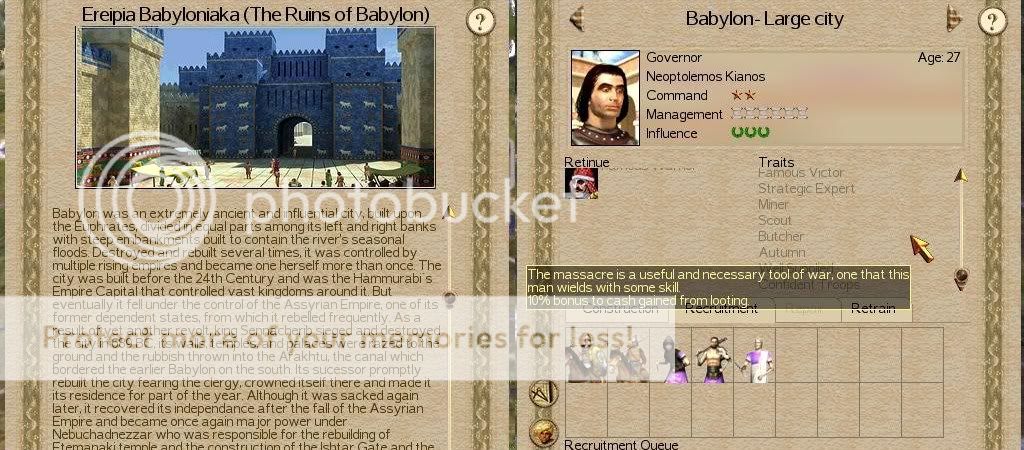


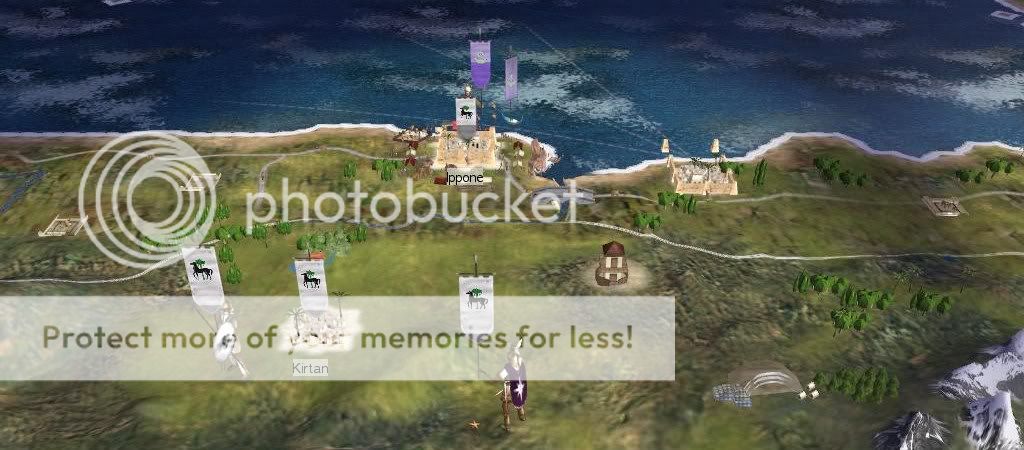
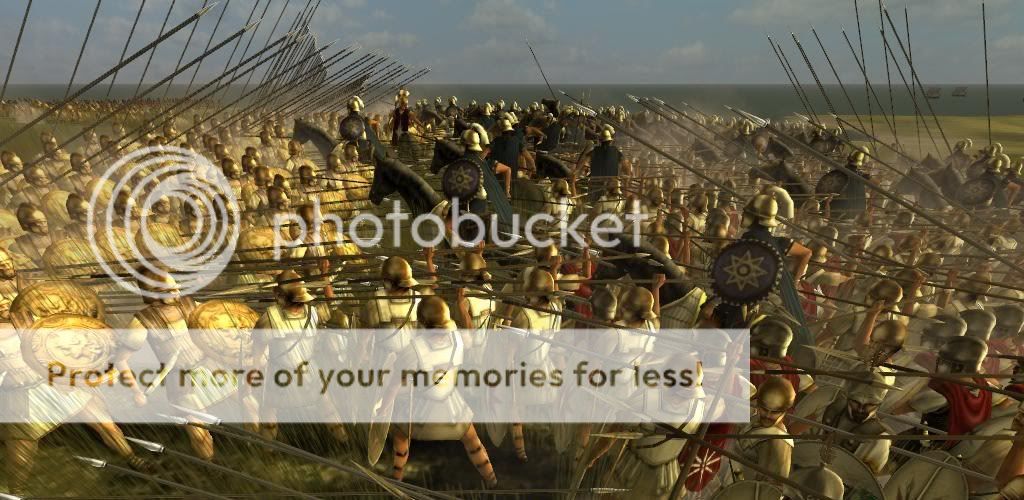

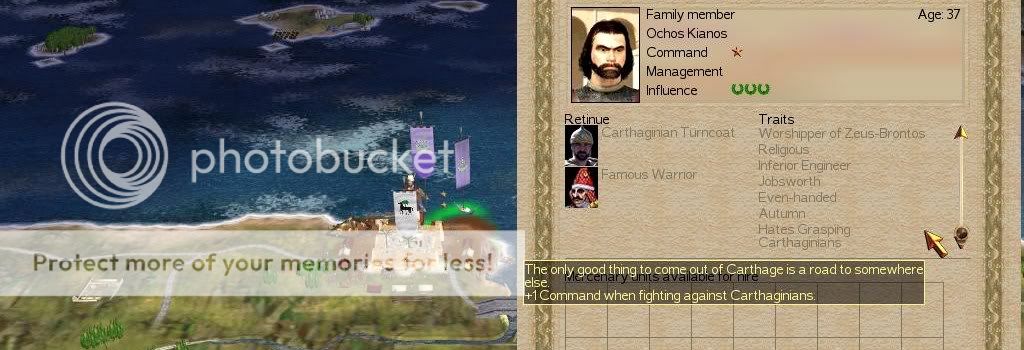
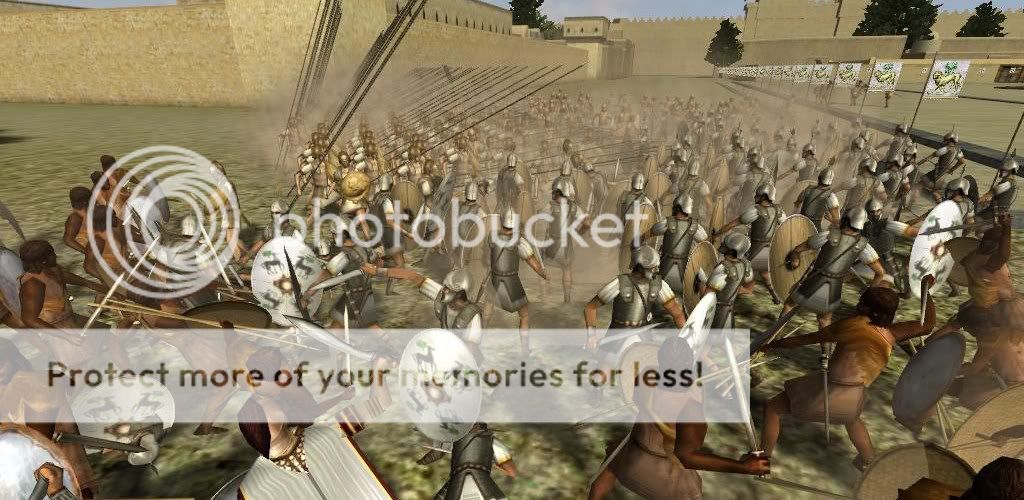
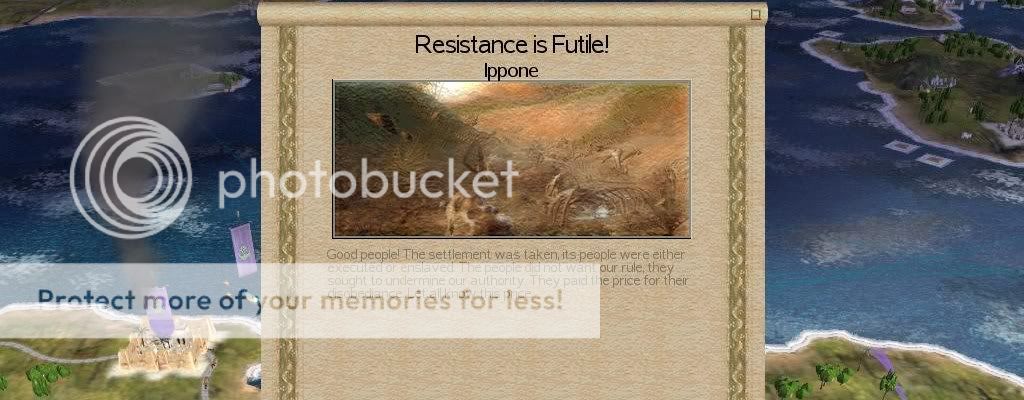

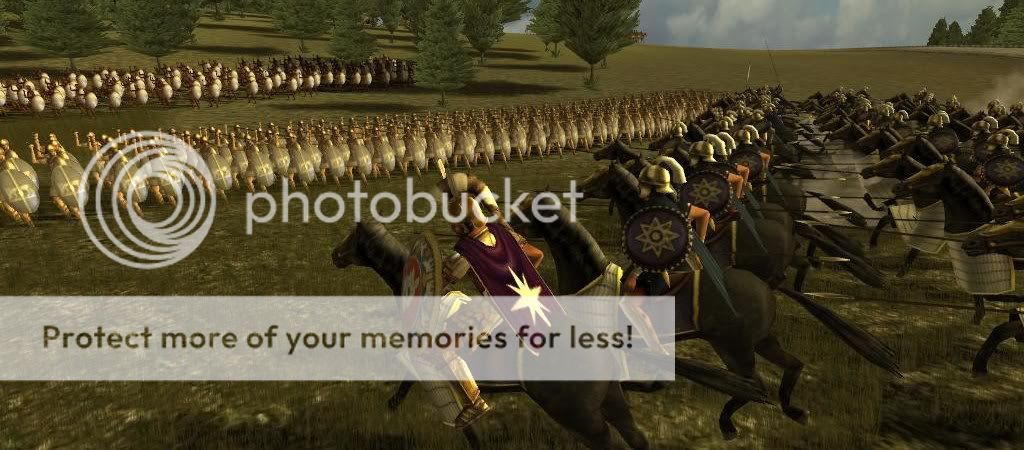
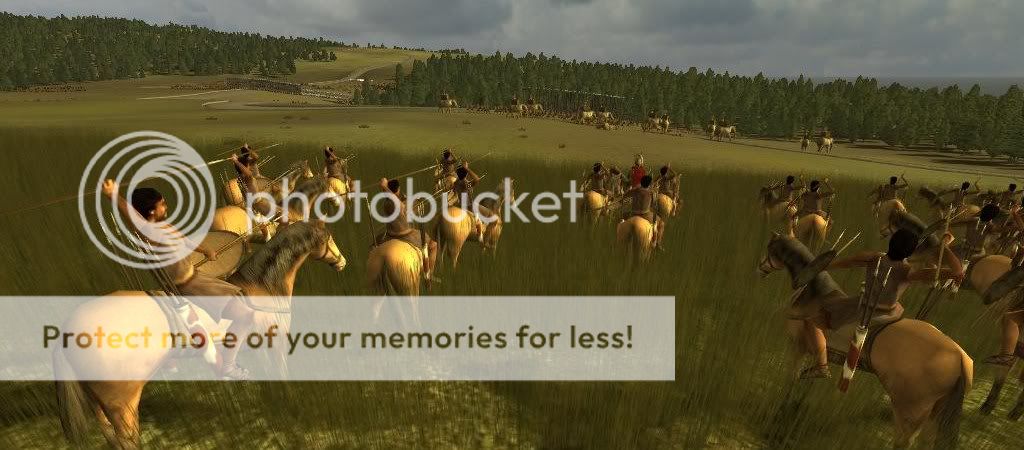
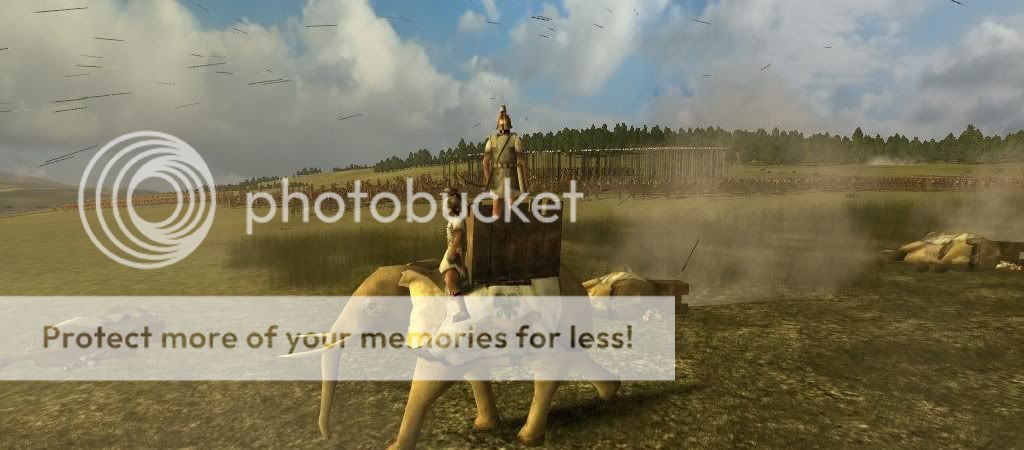

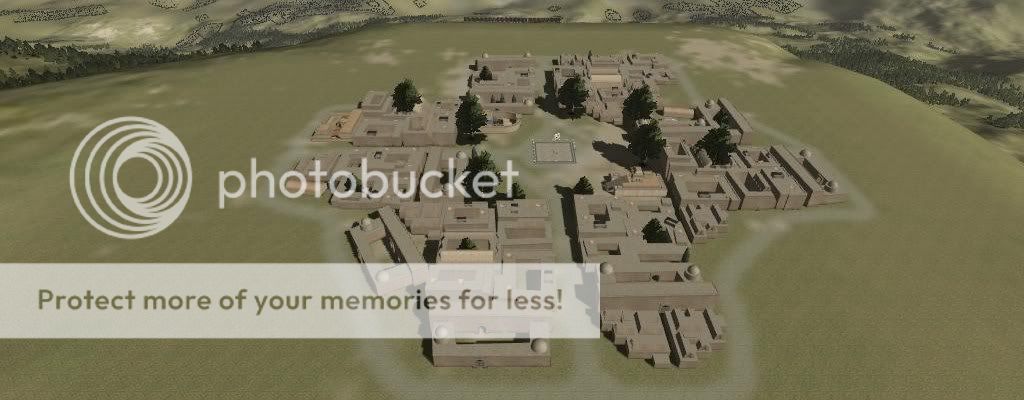
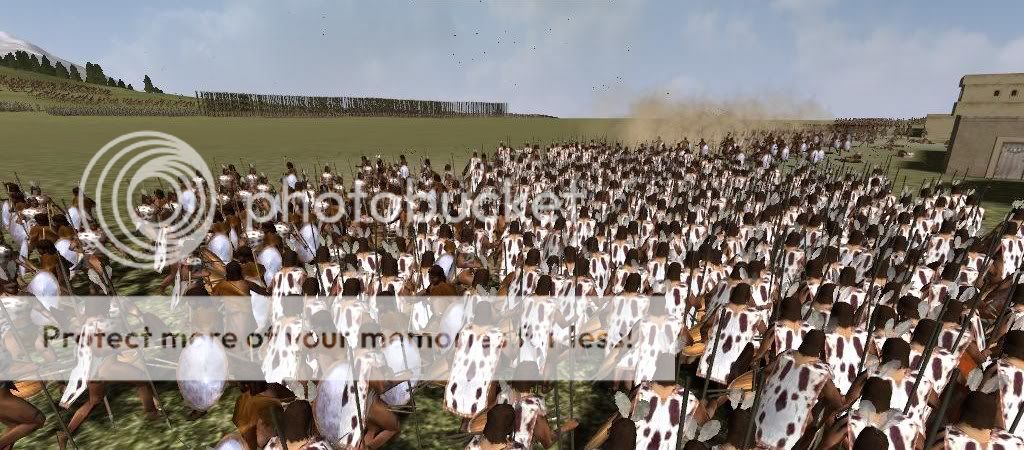
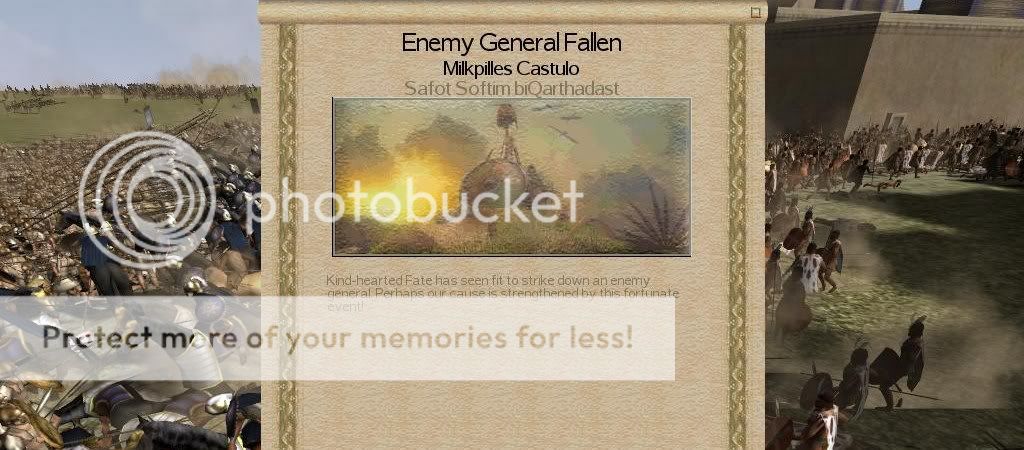

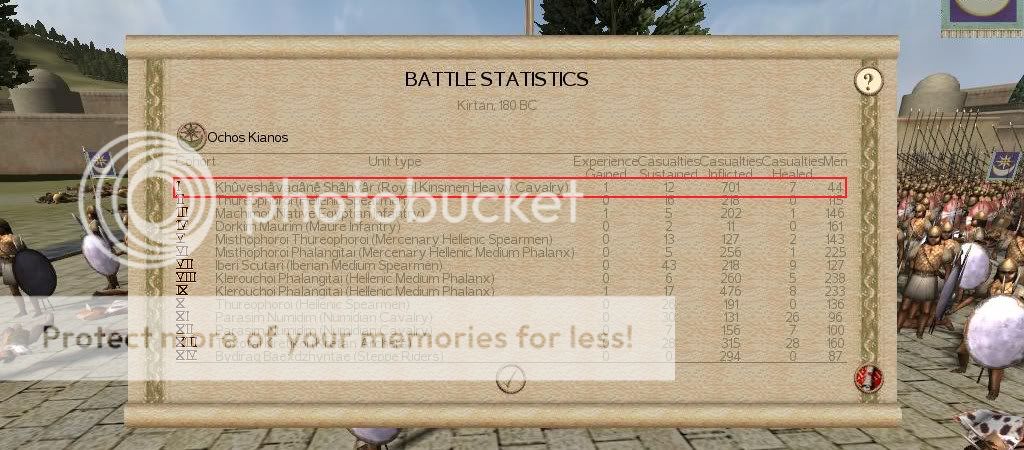

 Reply With Quote
Reply With Quote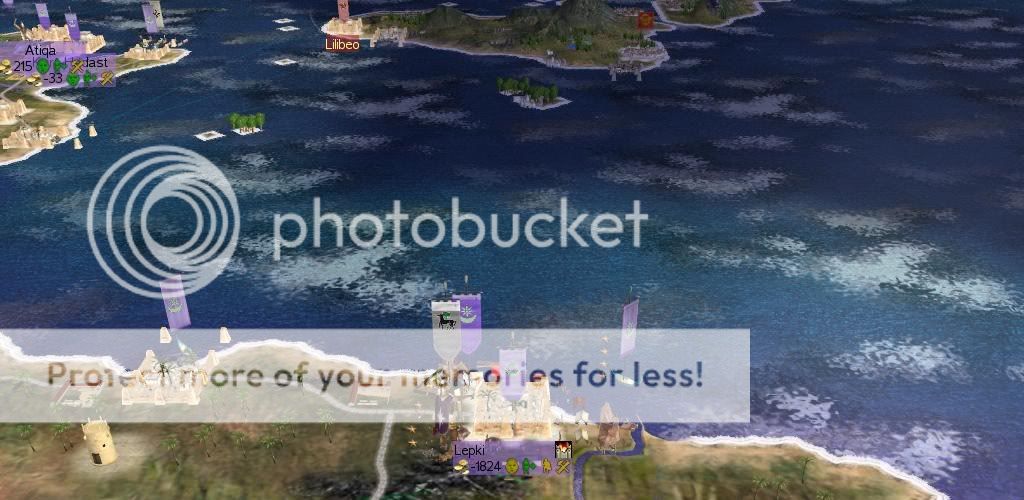

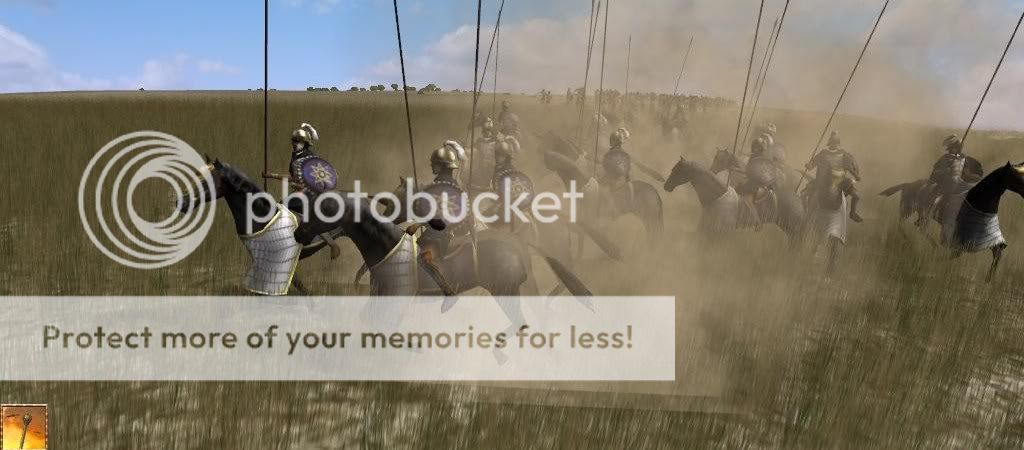
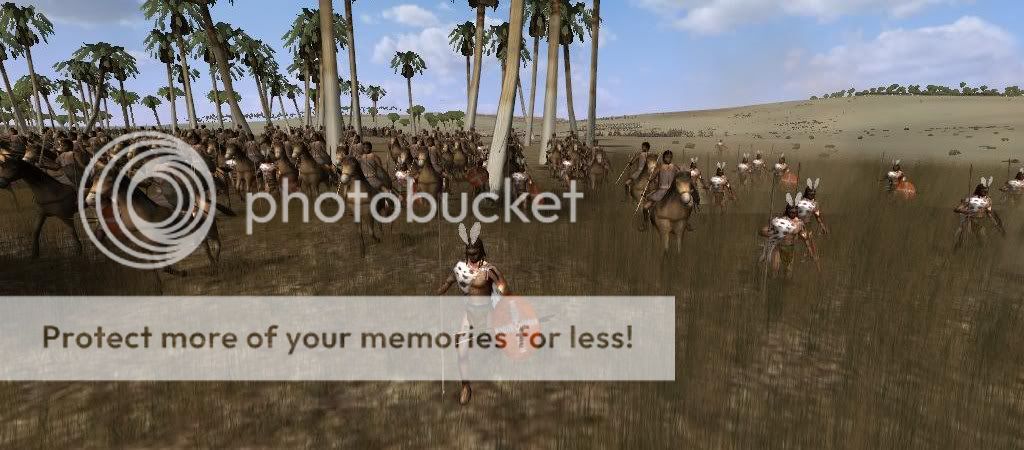
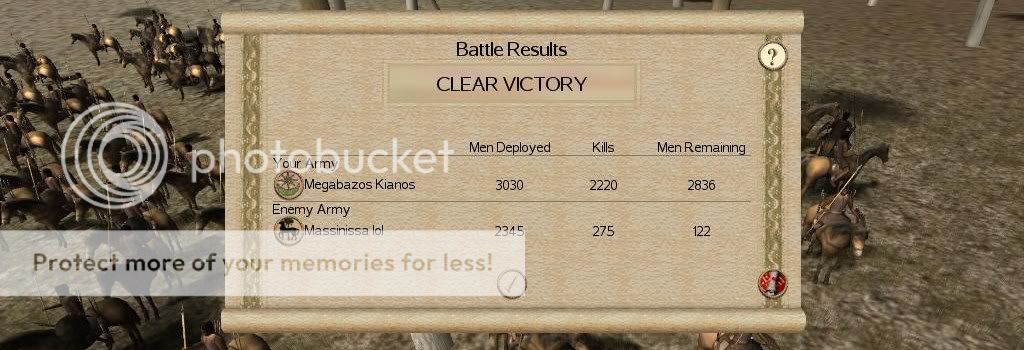
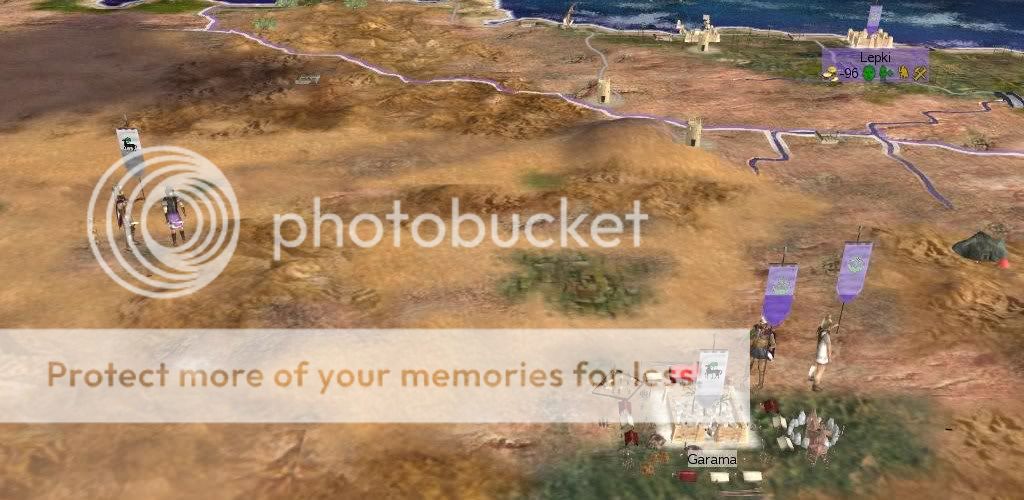
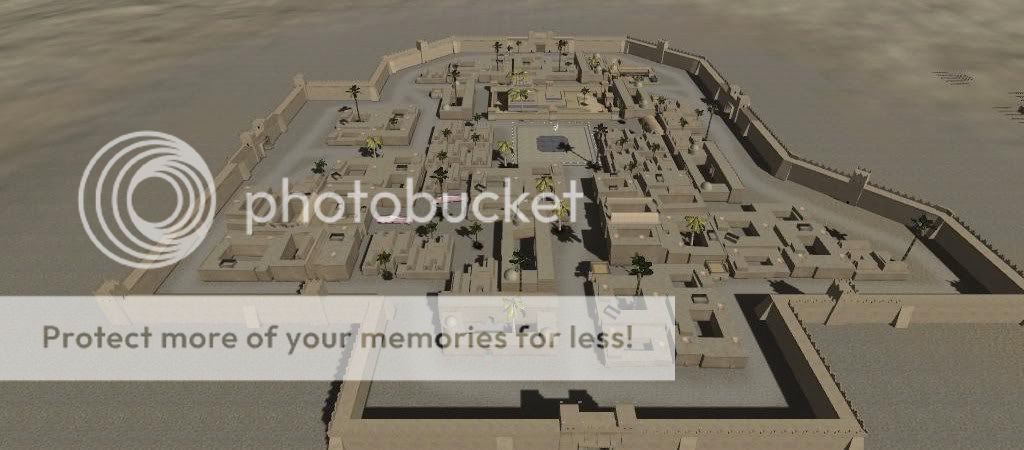
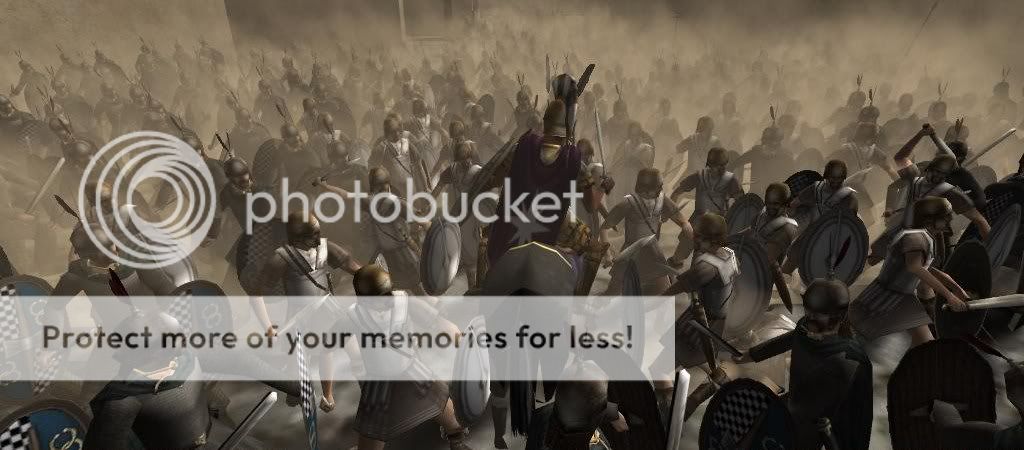
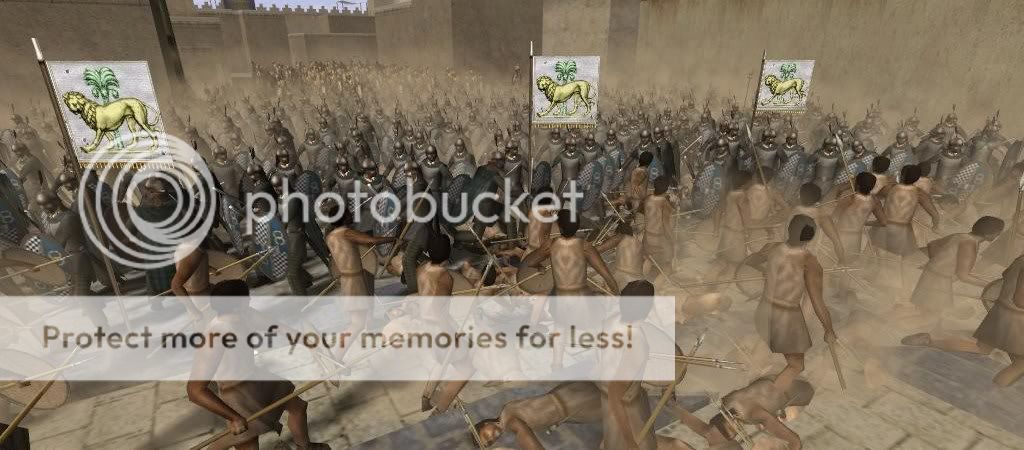
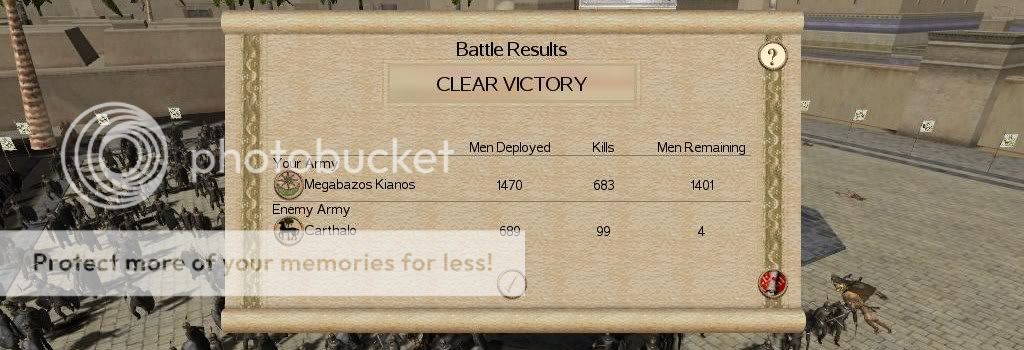
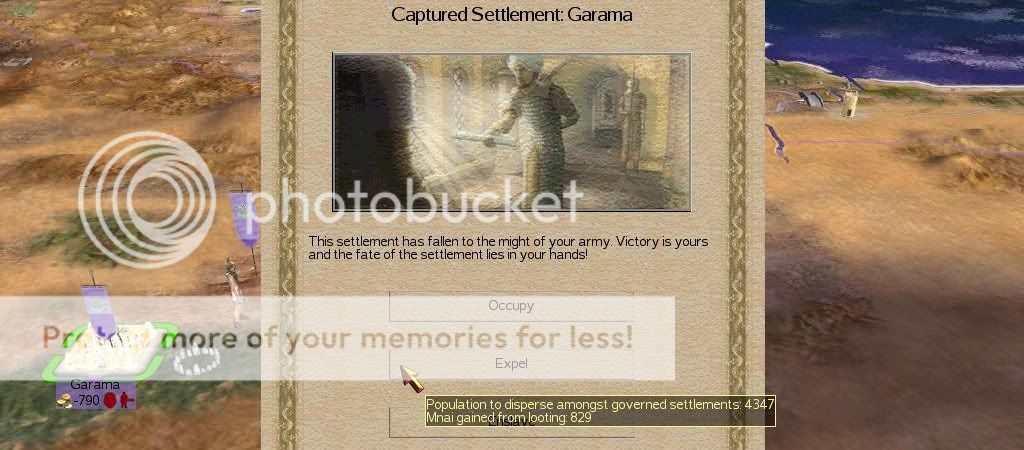

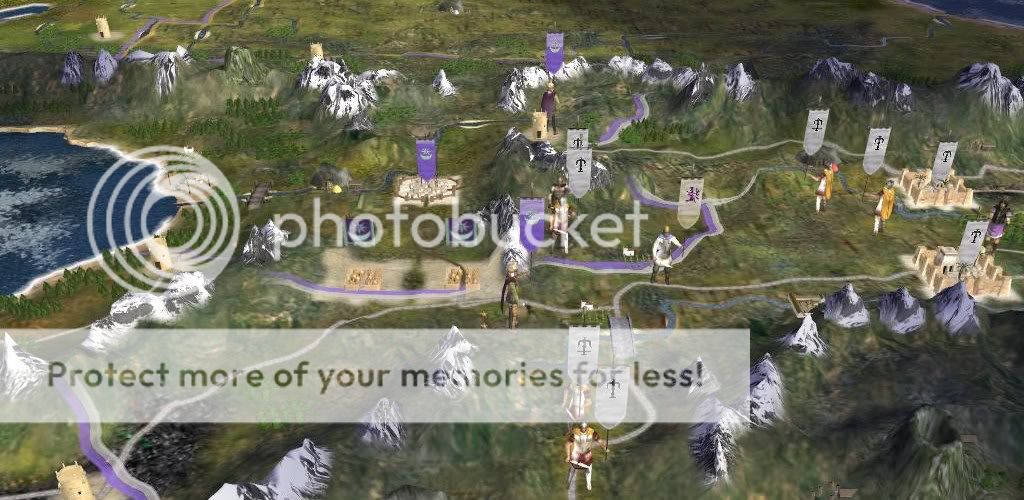
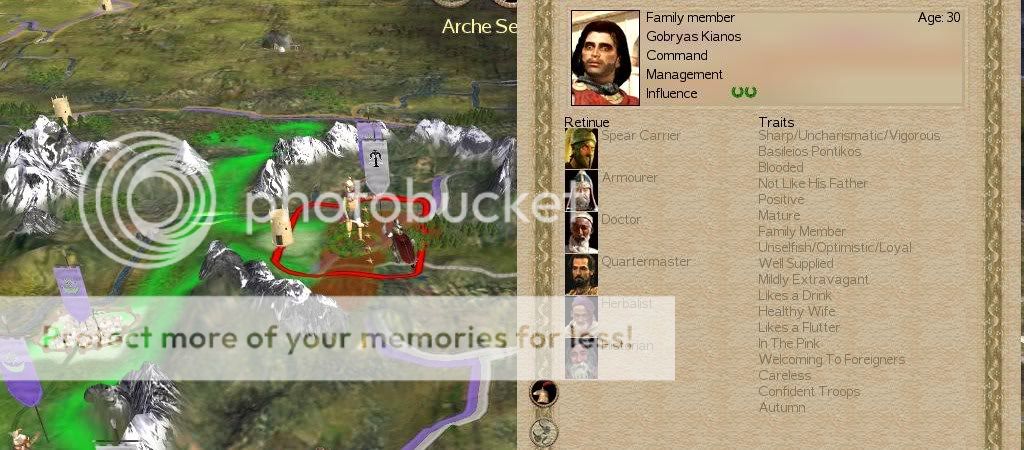
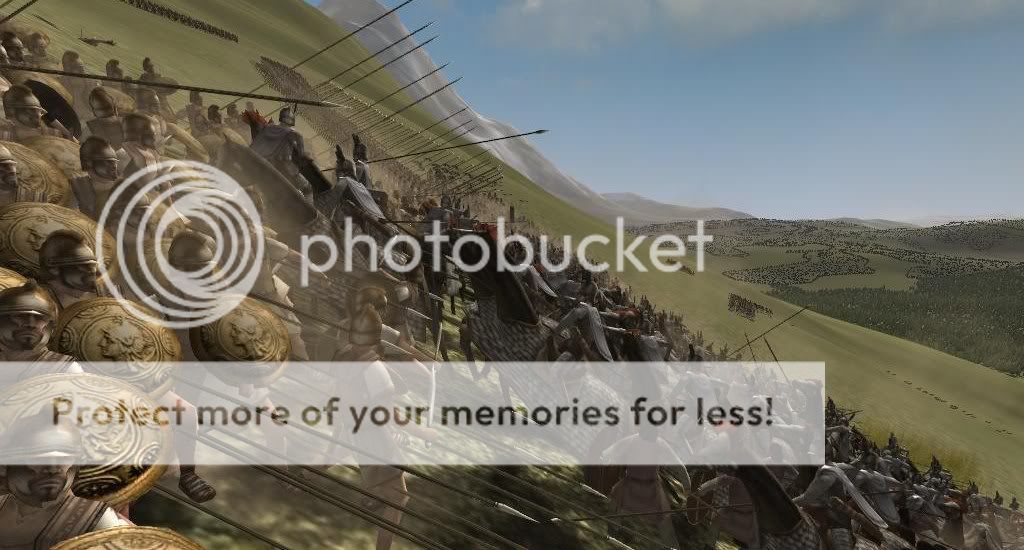
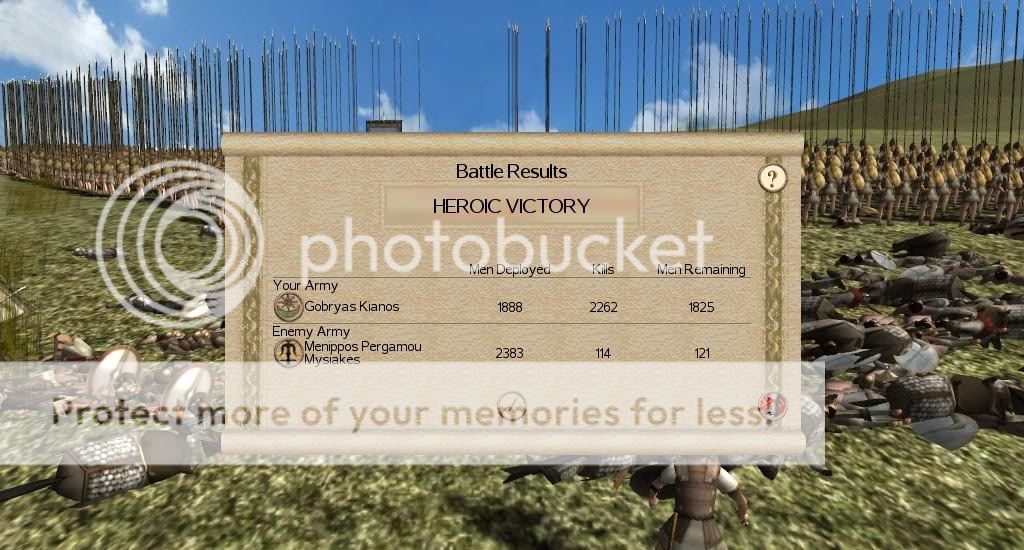
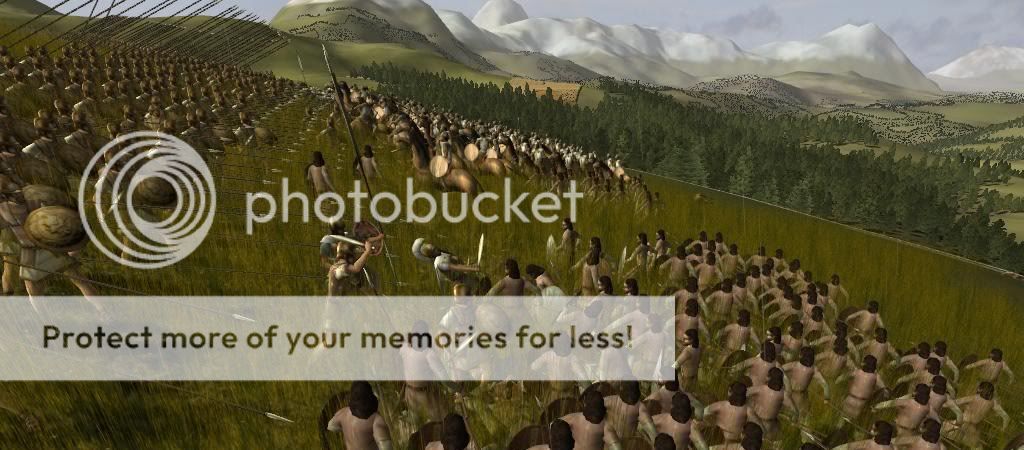
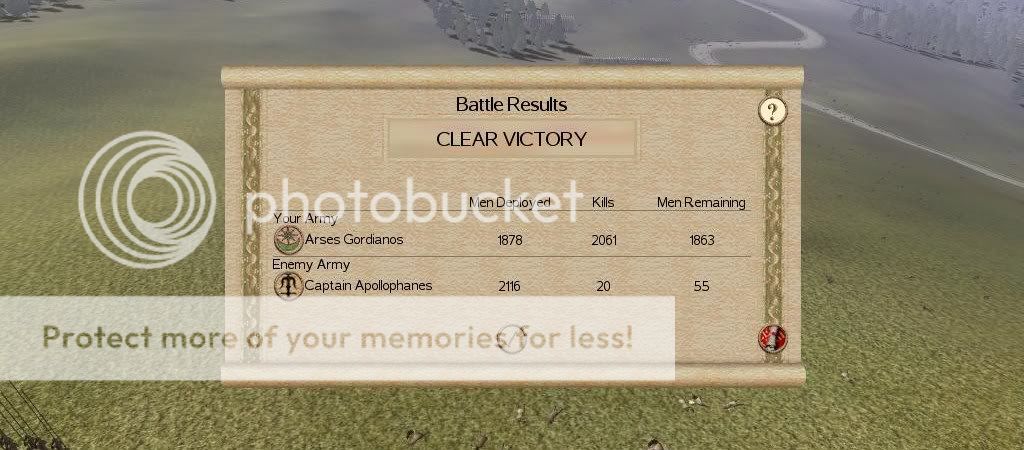
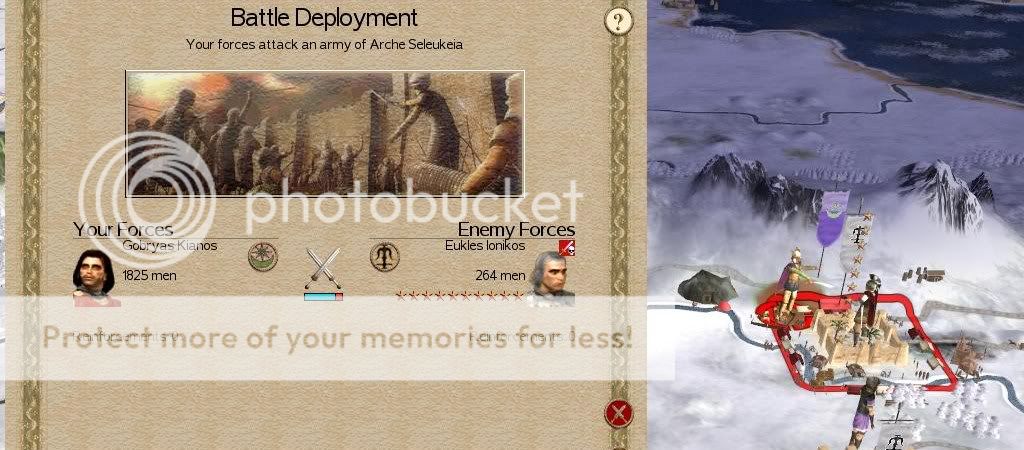
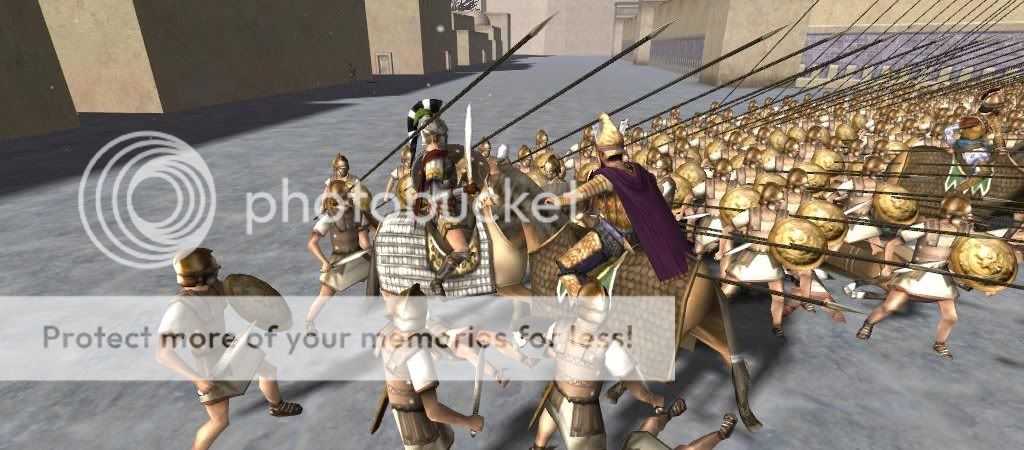
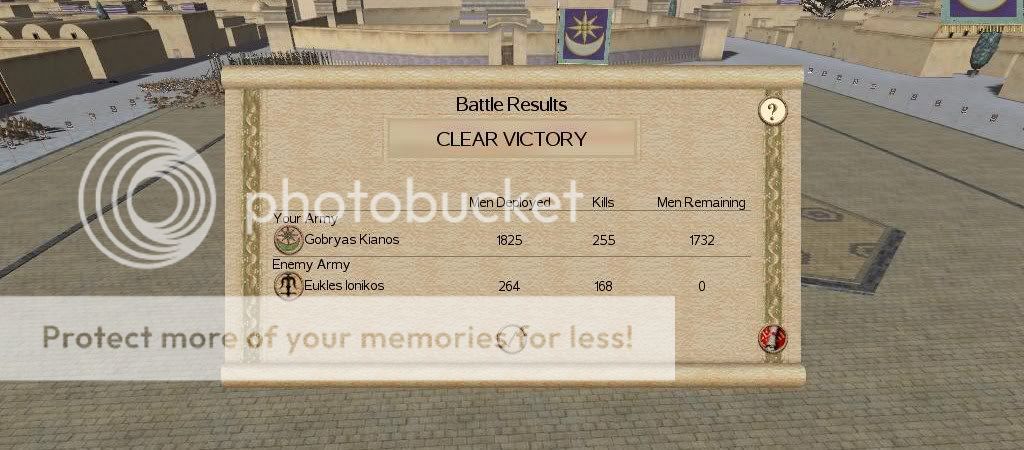
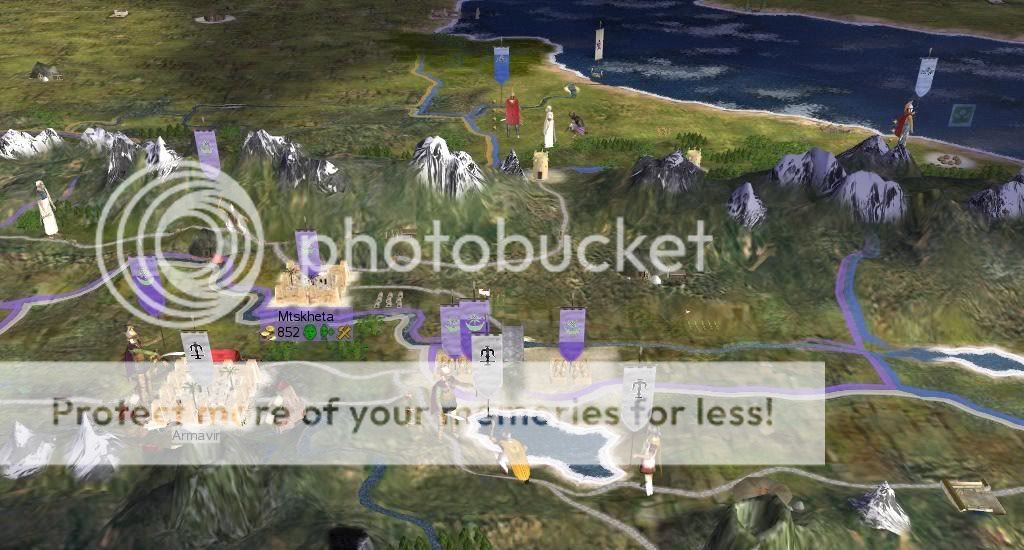
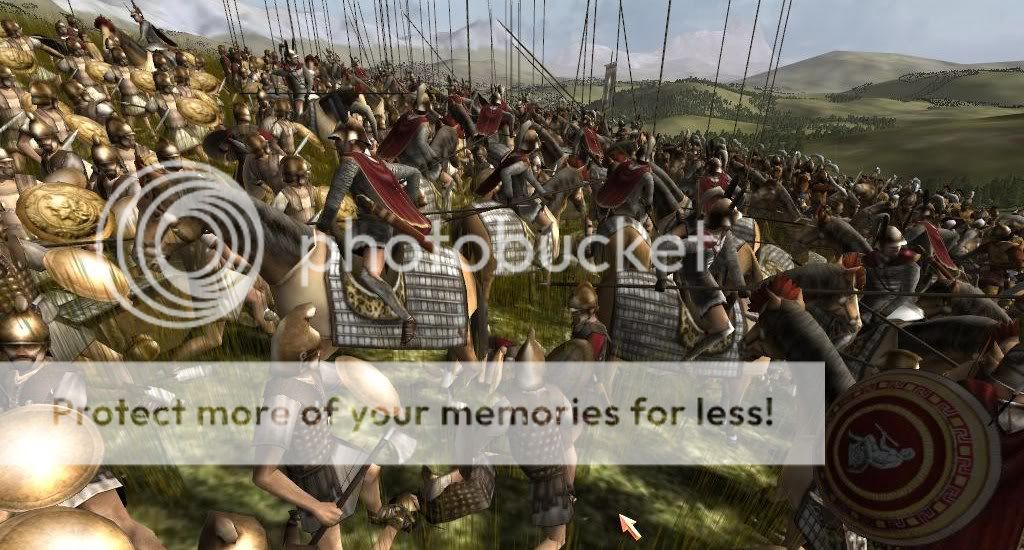
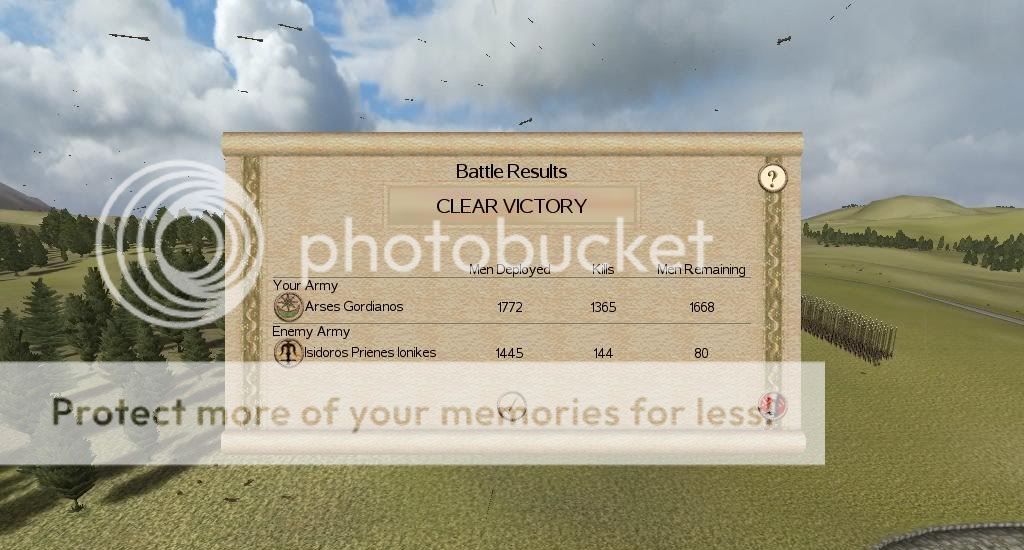
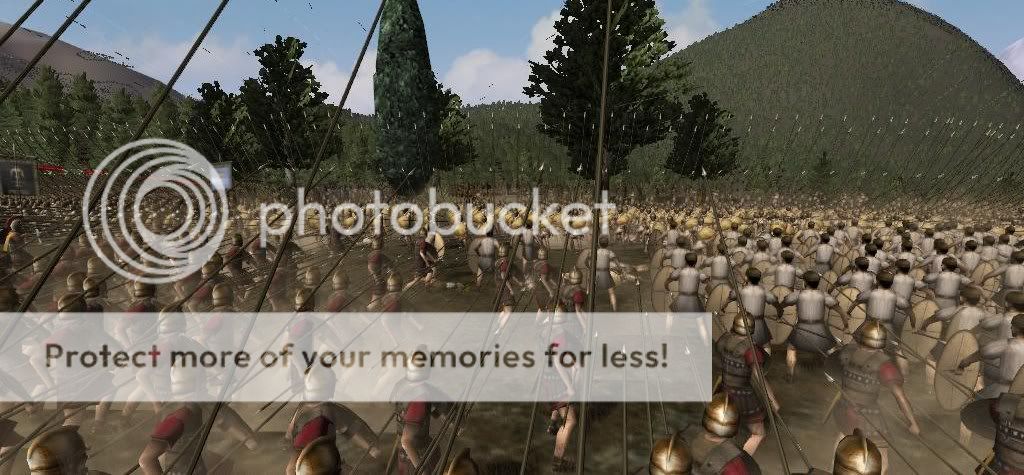
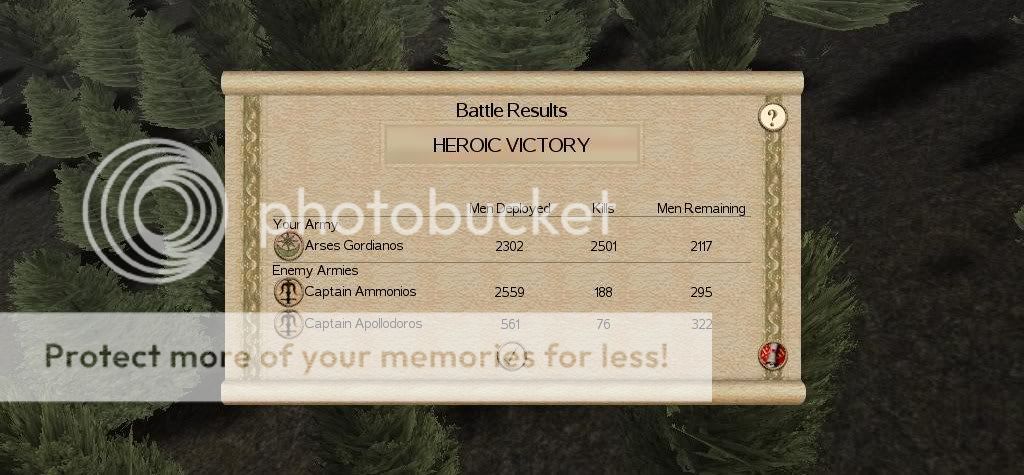
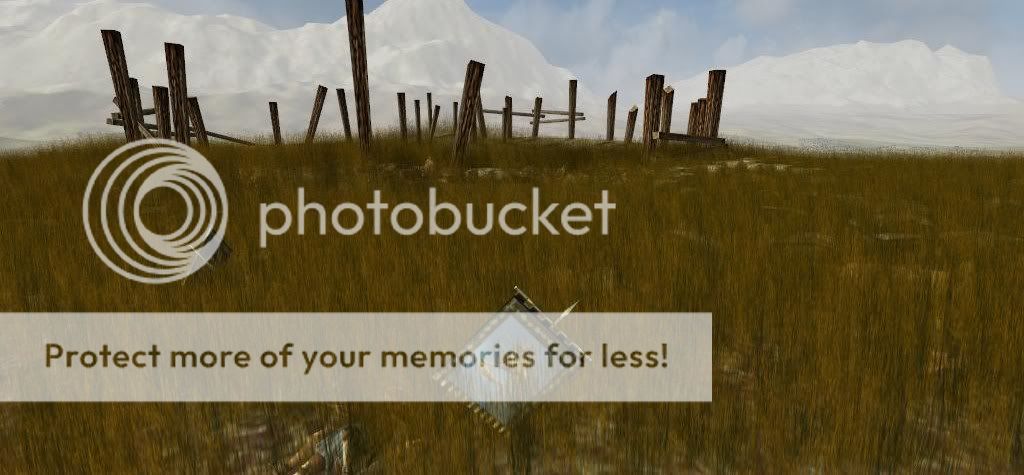

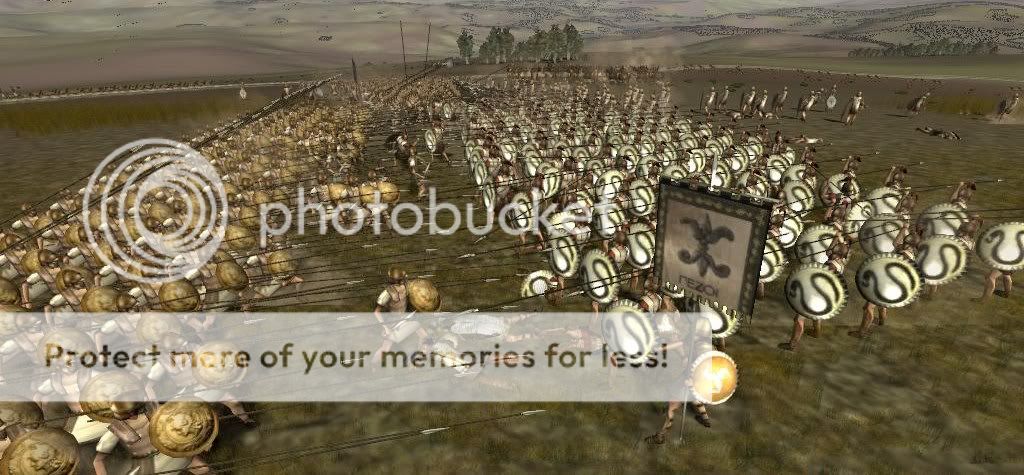
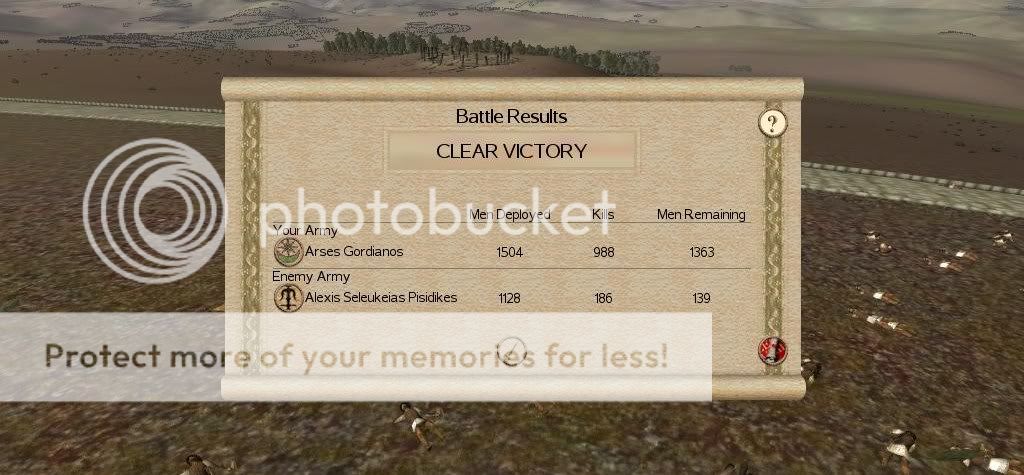
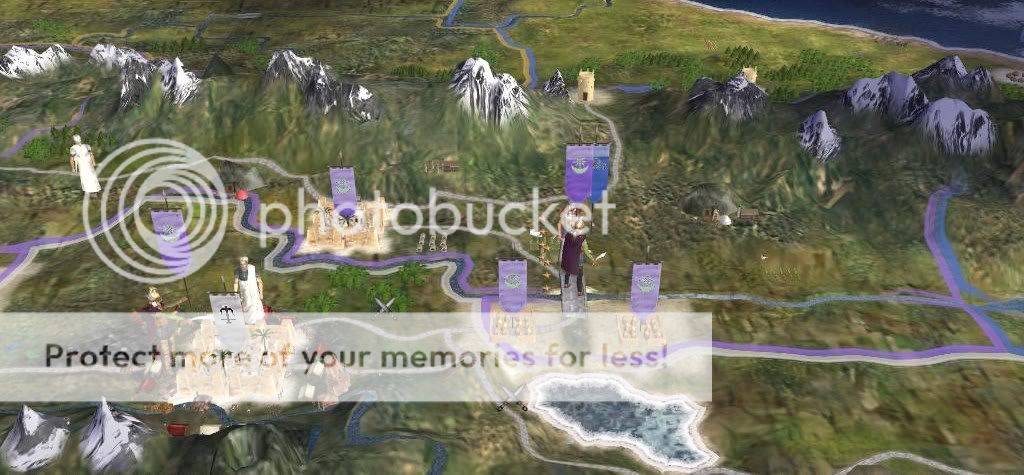





























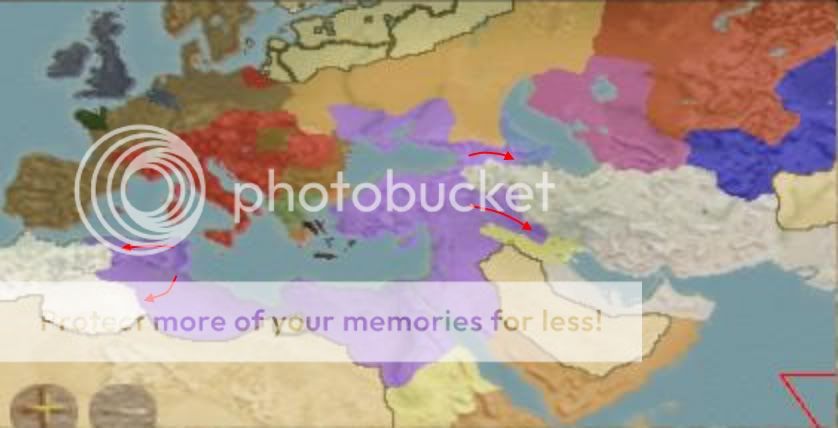


Bookmarks